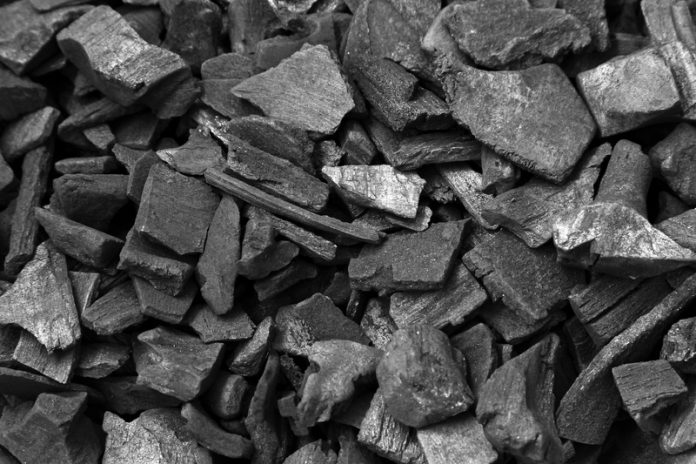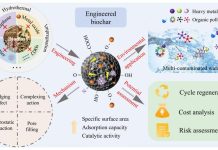To welcome Green GB Week, the Coal Authority has shown how its award-winning approach to delivering sustainable solutions has come from Britain’s coal mining legacy
The authority outlined how they have used coal mines to playing an import part in the drive for green energy, clean growth and sustainability.
Initiatives derived from the coal mining legacy, are now helping to save costs, generate income and support sustainable energy as part of the government’s Clean Growth Strategy.
Lisa Pinney MBE, Chief Executive, Coal Authority, said: “We’re delighted to support Green GB Week and committed to working with the Department for Business, Energy and Industrial Strategy to promote the government’s Clean Growth Strategy and Heat Networks Investment Project.
“We’re committed to changing our mind set from one focused on dealing with the problems of Britain’s mining legacy to one that focuses on the opportunities of our mining heritage.
“To fully realise these opportunities we’re thinking differently, working with others and being bold in our approach.”
Low carbon energy and water supply resilience
Work has already began to transform the nation’s abandoned coal mines into potential new low carbon heat sources.
Other developments such as ground based solar installations and power efficiencies on former colliery sites are also saving the Coal Authority £0.7 million this year alone.
Water from mine water treatment schemes, and water stored in abandoned mines, could play an important role in balancing water supplies for consumption and mines themselves could play a role in storing water during flood conditions.
Claire Perry, Minister for Energy and Clean Growth, said: “The UK has led the world in cutting emissions whilst growing our economy – with clean growth driving incredible innovation and creating hundreds of thousands of high quality jobs.
“Ten years on from the Climate Change Act, the first ever Green GB week is a time to build on our successes and explain the huge opportunities for business and young people of a cleaner economy.
“I’m delighted to see how many more businesses and organisations such as the Coal Authority are seizing this multi-billion pound opportunity to energize their communities to tackle the very serious threat of climate change.”
Innovations in mine water treatment
The Coal Authority are also developing ‘green’ by-products by treating coal mine water.
Ochre used to be classed as waste but has been developed as a pigment for the fine arts market. It can also be used to remediate contaminated land.
Iron removed from mine water during the treatment process is also being used to remove phosphorus as part of the sewage treatment process. This helps to improve water quality and support river ecology.











